Origin of the breed: The Boxer dog breed has German roots and originated in the late 19th century as a result of a cross between Bulldogs and Bullmastiffs. However, not all researchers agree with this theory and believe that Boxers have many other ancestors, including mastiffs, dogs and other bulldogs.
History of the breed: In its early days, Boxers were used as working dogs for hunting large animals as well as for guarding. Over time, their intelligence and courage attracted the attention of breed lovers, and they became popular in shows and as companions.
Boxers as working dogs: Boxers were originally created for work, and they can still be used as hunting dogs as well as for police, military and other security services. Because of their courage and strength, they can successfully perform protection and security tasks.
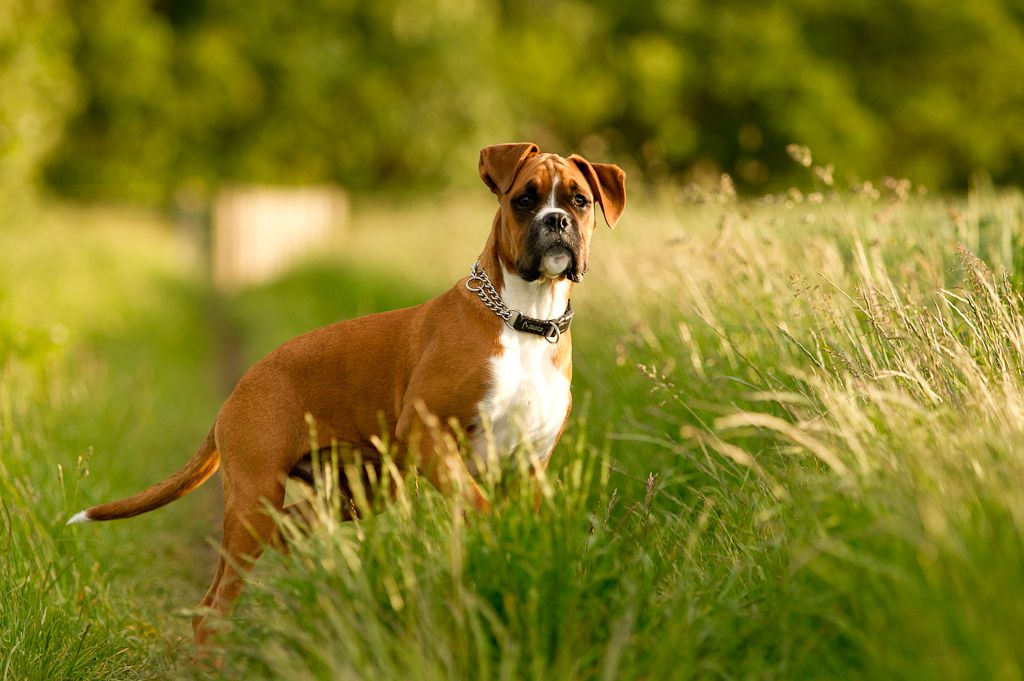
Breed characteristics
Appearance and size: Boxers are medium-sized dogs with strong and muscular bodies. They have a short, smooth coat that can be a variety of colors, from dark brown to light wheat. Their expressive eyes and distinctive “beard” and “whiskers” give them a unique appearance.
Male Boxers can reach a height at the withers of 57 to 63 cm, and females – from 53 to 59 cm. Weight of an adult dog is usually 25 to 32 kg.
Character and behavior: Boxers are known for their intelligence, courage and loyalty to their owner. They have a lively and friendly personality, but can also be quite stubborn and persistent.
Training and care needs: Boxers are energetic dogs that require plenty of exercise and play. They need long walks and games to avoid boredom and depression. Without enough exercise, boxers can become disruptive and begin to exhibit bad behavior.
Boxers also need regular training and socialization to ensure good behavior and controllability. They can be unpredictable with other dogs and people, so socialization should begin at an early age.
Breed Care
Daily grooming: Boxers do not require complicated grooming, but they do need regular brushing of teeth and ear. Nails should also be trimmed regularly and the condition of the coat and skin should be checked.
Feeding: Boxers should be given a high-quality, balanced diet that meets their needs for proteins, fats, carbohydrates and vitamins. Feeding should be regular and the doses should be matched to the dog’s weight and activity.
Grooming: Boxers’ coats are short and sleek, so they require little maintenance. Regular brushing will help to remove dead hair and keep the coat shiny.
Activity and exercise requirements: Boxers need long walks and regular exercise. They can successfully participate in sports, including running, swimming, and catching the ball. Regular exercise will help them stay fit and improve their health.
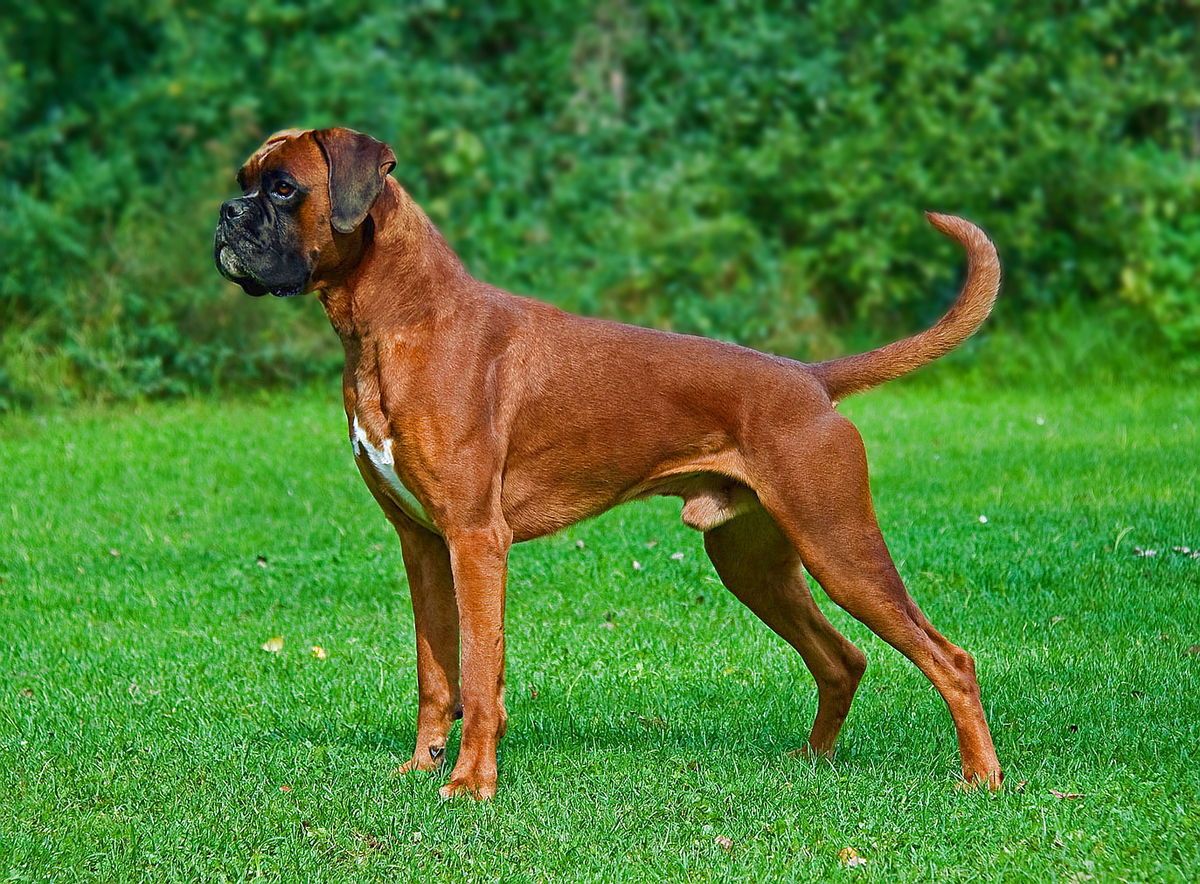
Training and Socialization
Initial Training: Boxers should begin training at an early age to establish the rules of conduct and basic commands. They have a fairly high intelligence and can learn new commands quickly, so training should be short but frequent. They should be conducted using positive training methods and encouragement.
Obedience and behavior: Boxers can be stubborn and persistent, so their training should be constant and consistent. They need to understand that their behavior can affect others and that they have certain boundaries.
Socialization with other dogs and people: Boxers should be socialized with other dogs and people from an early age. They must learn to be friendly and safe with other dogs and people to avoid unpleasant situations.
Health and Genetic Problems
Common diseases: Boxers have some common diseases, including:
- Dilated cardiomyopathy
- Symptomatic stenotic subclavian stenosis
- Dermatitis
- Allergies
Genetic Problems: Boxers can also have genetic problems such as hip dysplasia, cataracts, thyroid dysfunction and encephalitis.
Importance of Regular Veterinarian Checkups: Regular visits to the veterinarian can help identify health problems and address them early on. It is recommended that vet exams be performed at least once a year.
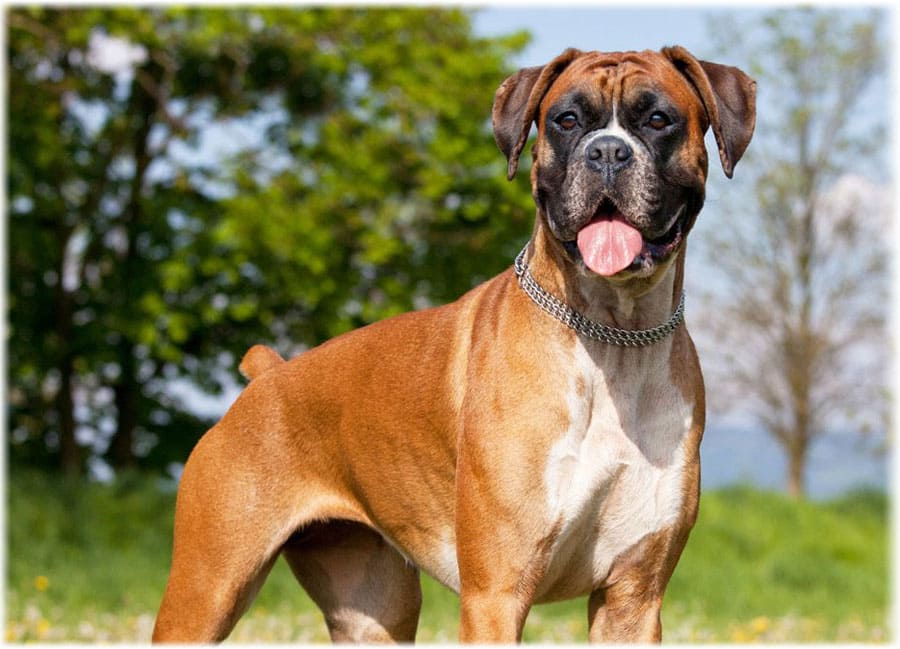
Top 10 Boxer Facts:
- Boxers are of German origin and were created by crossing bulldogs and bullmastiffs in the late 19th century.
- Boxers were originally used as working dogs for hunting large animals and guarding.
- Boxers are highly intelligent and can learn new commands quickly.
- They are medium sized dogs with short, smooth coats that can come in a variety of colors.
- Boxers are energetic dogs that need plenty of exercise and training.
- They are excellent guards and can be used successfully as service dogs, including police, military and other security services.
- Boxers have a high level of loyalty to their owner and can be ideal companions for any family.
- Boxers can be stubborn and persistent, so their training must be constant and consistent.
- Regular visits to the veterinarian help identify illnesses and address them at the outset.
- Boxers have several common diseases such as dilated cardiomyopathy and allergies, as well as genetic problems such as hip dysplasia and cataracts.
Conclusions
Boxers are intelligent, energetic and loyal dogs that can make great companions for any family. They need plenty of exercise and training, as well as regular health and coat care. Boxers can be used as service dogs, including guard dogs and security dogs, and can show a high level of loyalty to their owner. Regular visits to the veterinarian can help identify illnesses and address them at the outset.


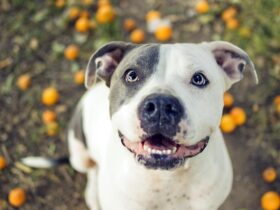
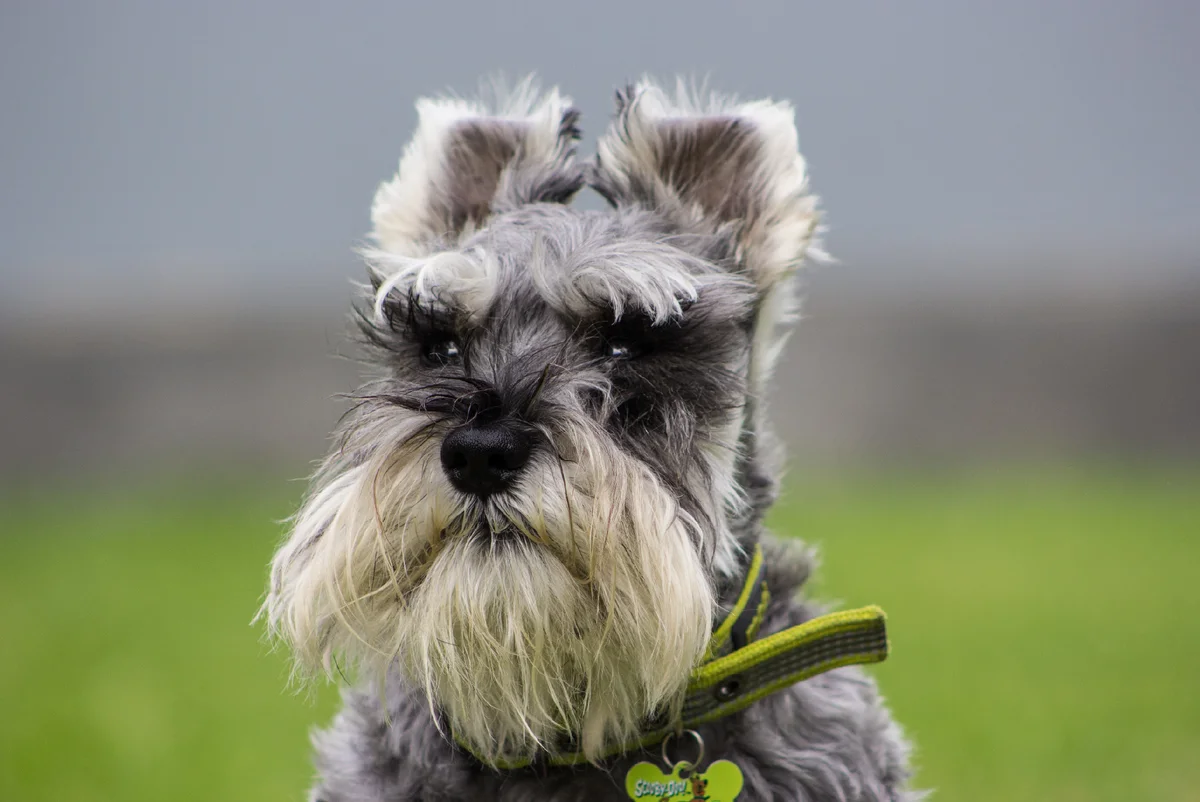
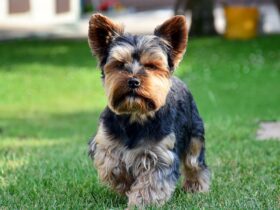

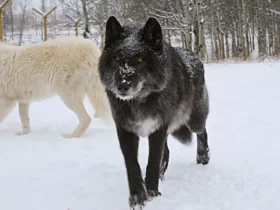
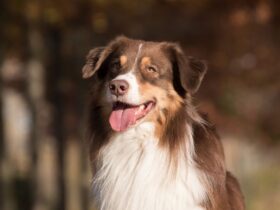
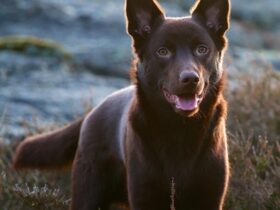
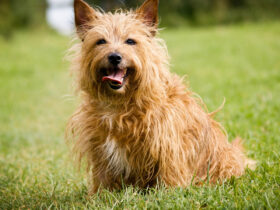
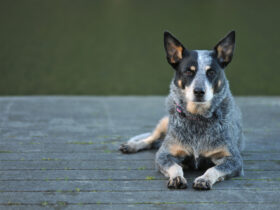

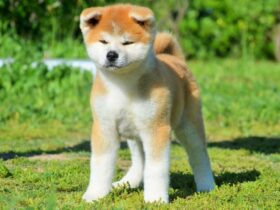
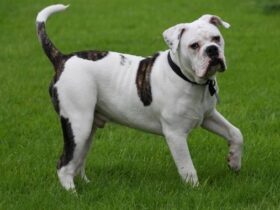
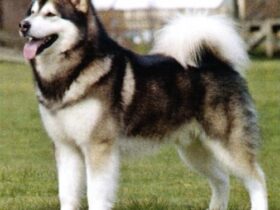
Leave a Reply